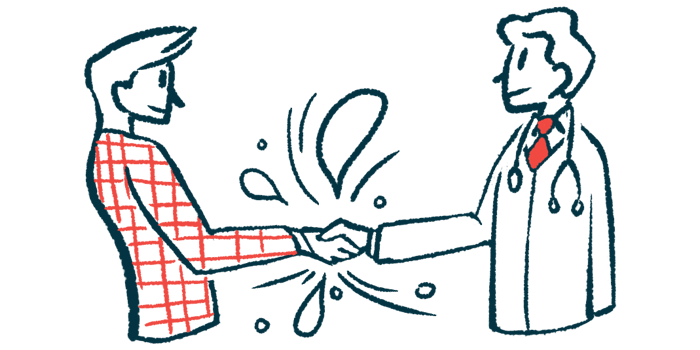Companies team to boost AI for pulmonary hypertension diagnosis
Tempus AI, United Therapeutics will study ECG results

Tempus AI and United Therapeutics are teaming up for a study to advance the use of artificial intelligence (AI) for detecting people at risk of having undiagnosed pulmonary hypertension.
“We aim to set a new standard for identifying patients with pulmonary hypertension by getting novel technology into the hands of clinicians to enable earlier diagnosis and more effective disease management,” Brandon Fornwalt, MD, PhD, senior vice president of cardiology at Tempus, said in a company press release.
In pulmonary hypertension (PH), abnormally high pressure in the lungs’ blood vessels puts abnormal strain on the heart. Because blood pressure in the lungs is usually best assessed with invasive tests and PH symptoms such as fatigue or breathlessness are often nonspecific, diagnosing PH can be challenging.
Using AI to study ECG results
The new project will use results from electrocardiograms (ECG), a noninvasive test that tracks electrical activity in the heart, to help identify people with PH.
The project will utilize an AI platform developed by Tempus, called Tempus Next. In a type of AI called machine learning, a computer is fed data, here, ECGs from people with or without PH, and then uses a complex set of mathematical rules to “learn” from the data and identify patterns, which can be applied to make predictions about new data.
Tempus’ AI tool has already shown promise in early studies. The new collaboration with United Therapeutics will put it to the test in a prospective trial to gain new insights into diagnosing PH.
The trial is planned to be conducted at up to 60 participating centers. Clinicians will use Tempus’ AI tool to screen patients for PH risk and those identified by the algorithm will be monitored for outcomes. According to Fornwalt, the study “brings us one step closer to realizing the dream of data-driven precision medicine.”
Tempus said it’s planning to engage with the U.S. Food and Drug Administration to discuss the agency’s expectations for validating the AI tool and the regulatory requirements that would be needed for its full authorization.








